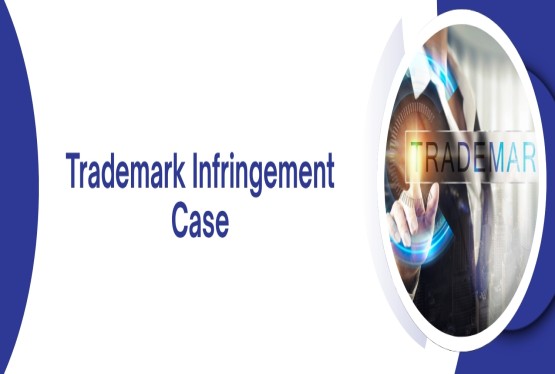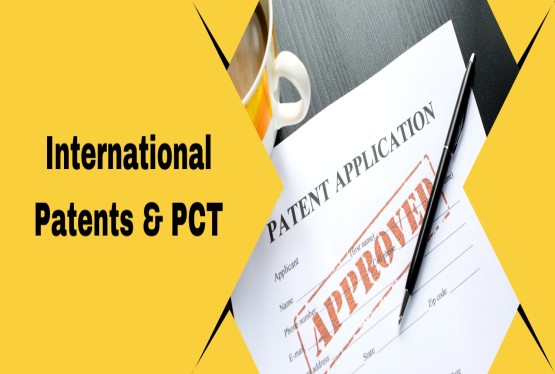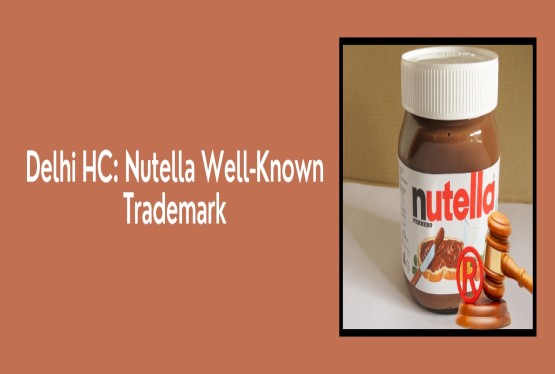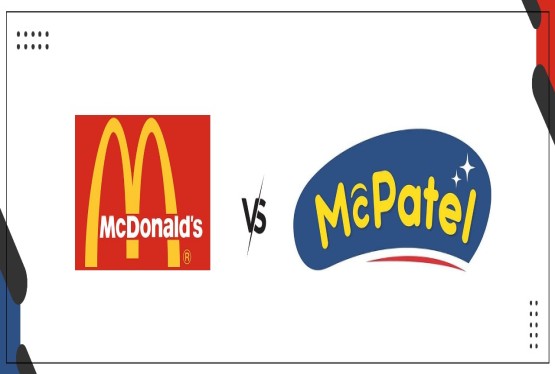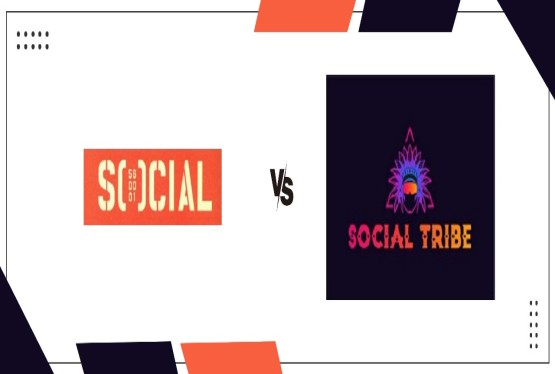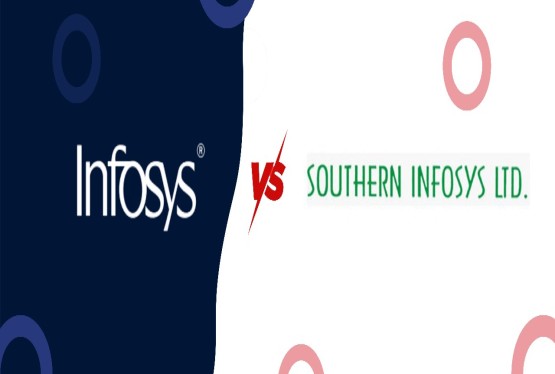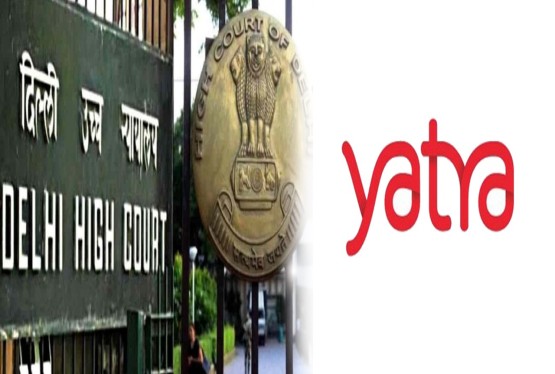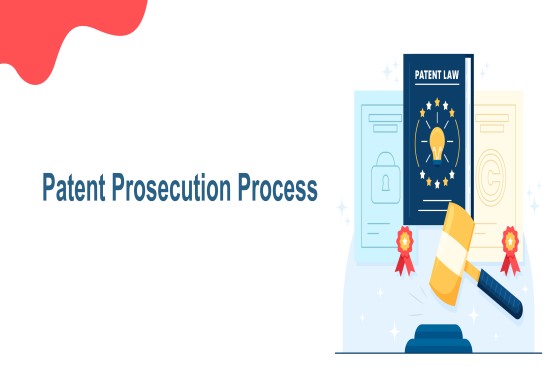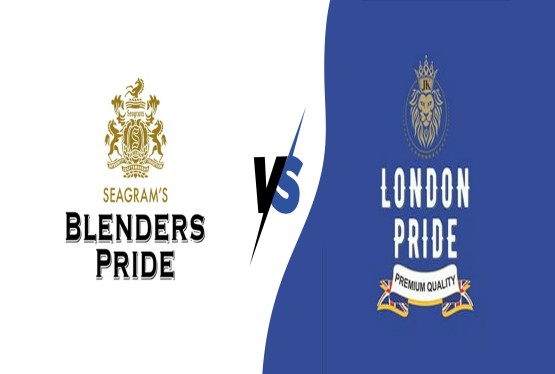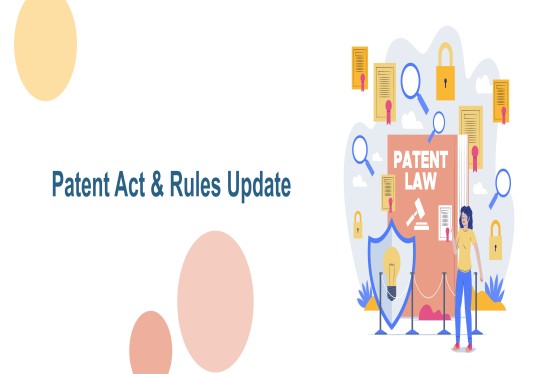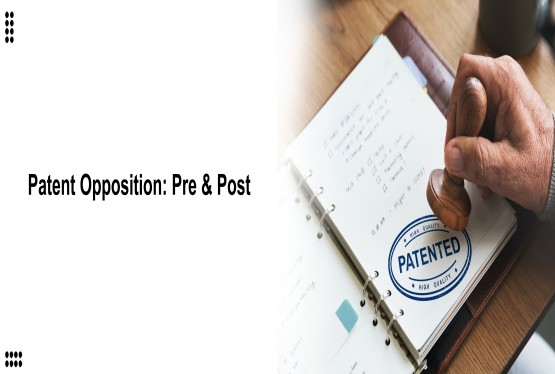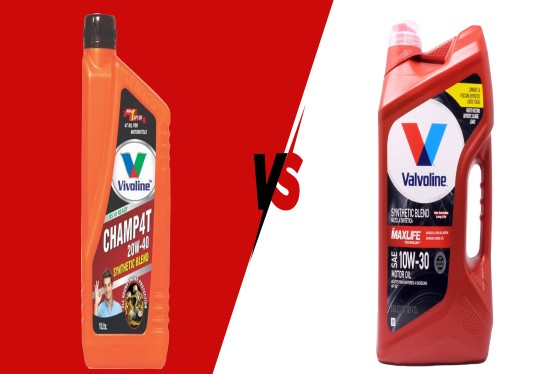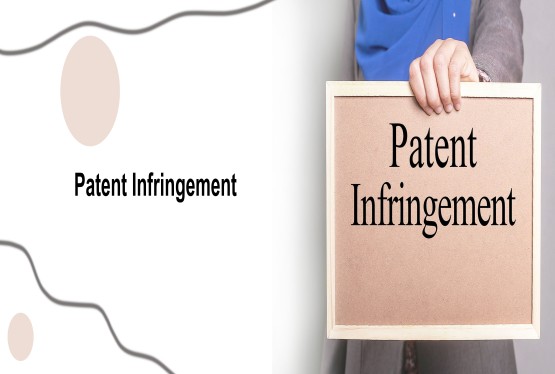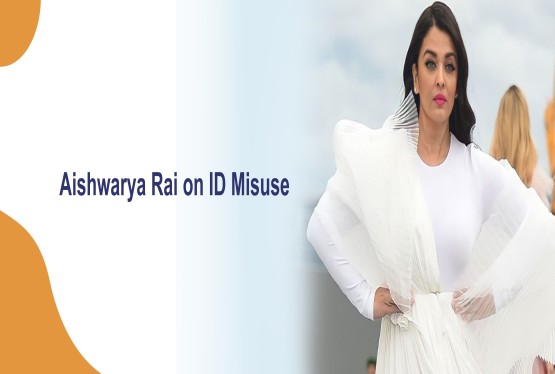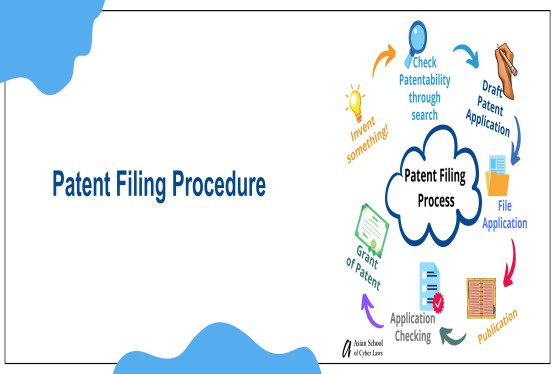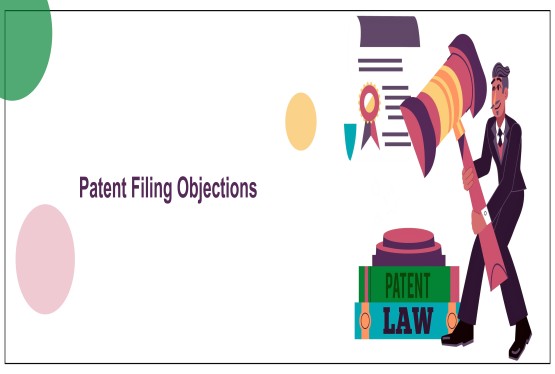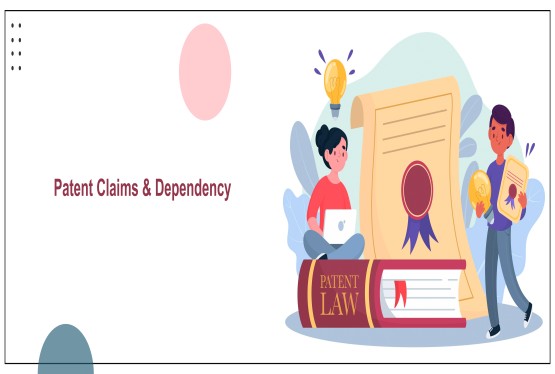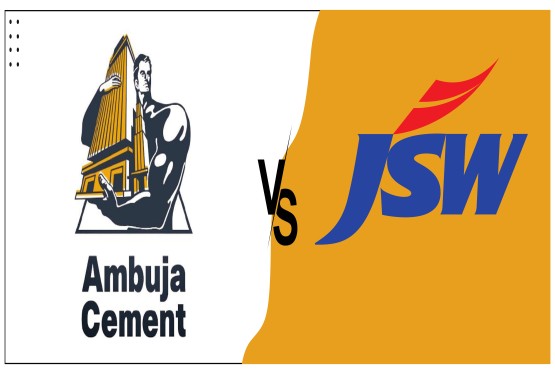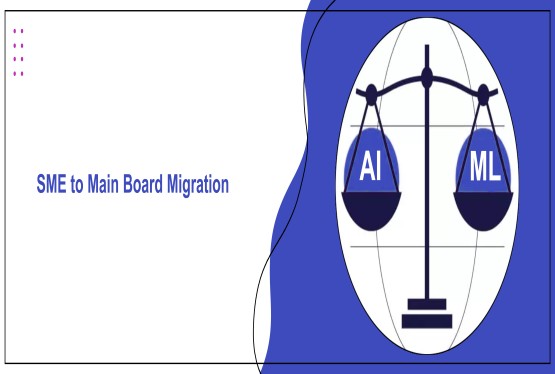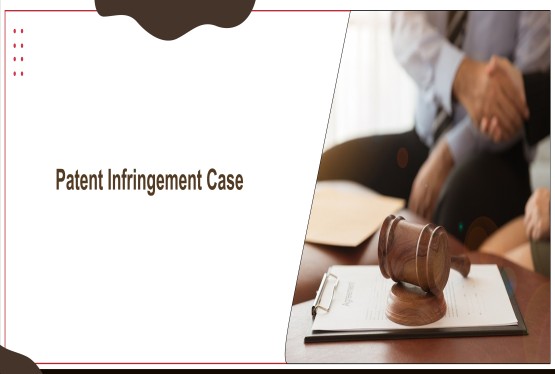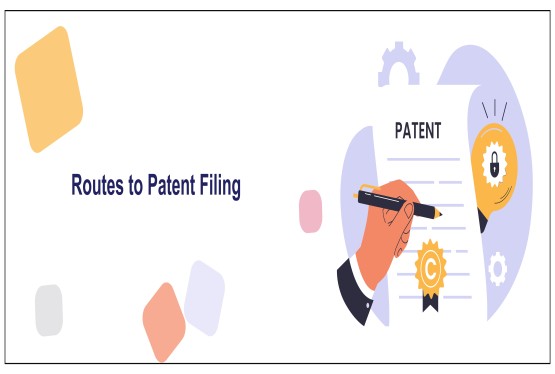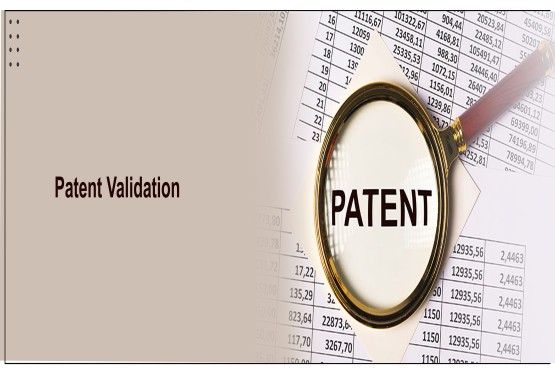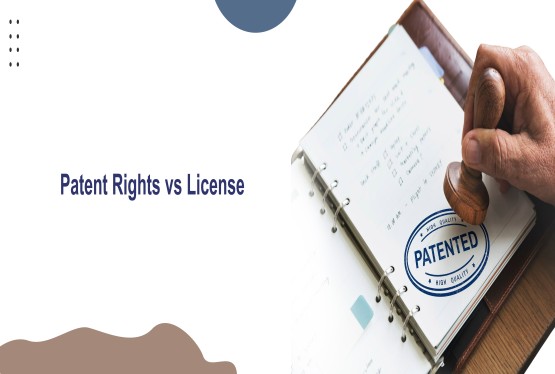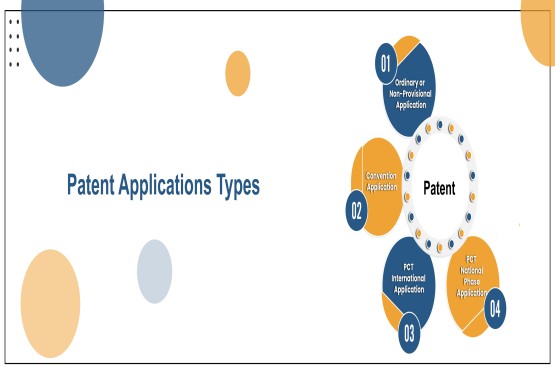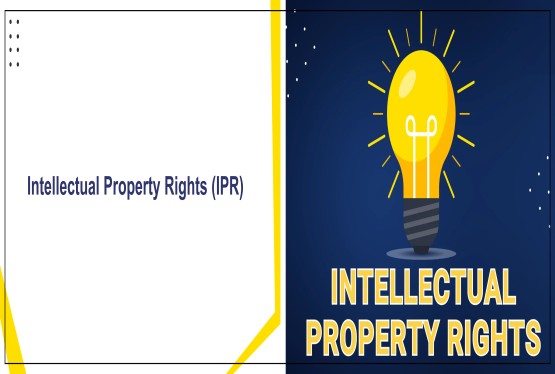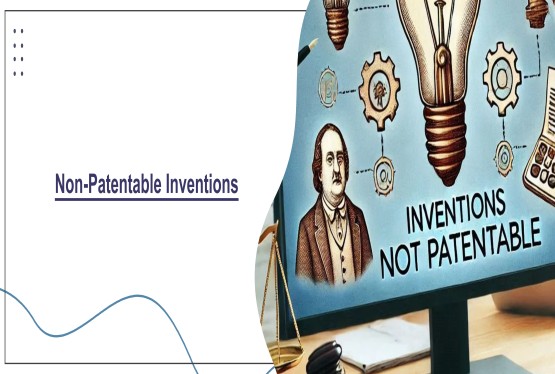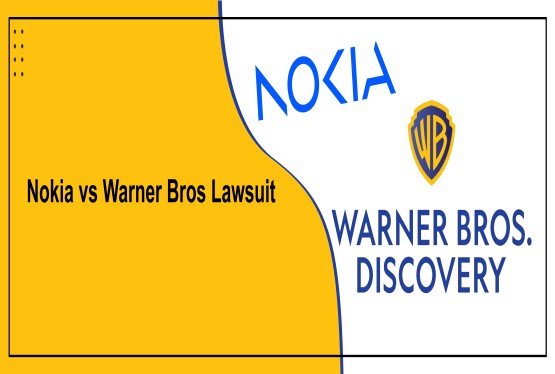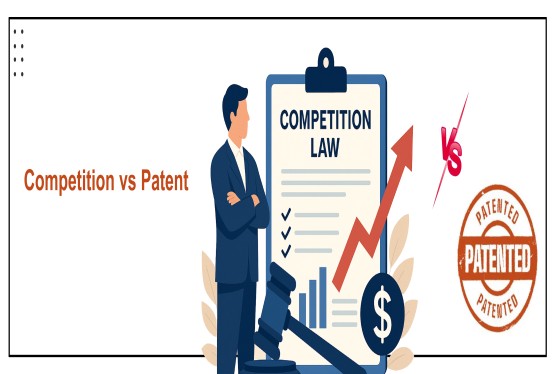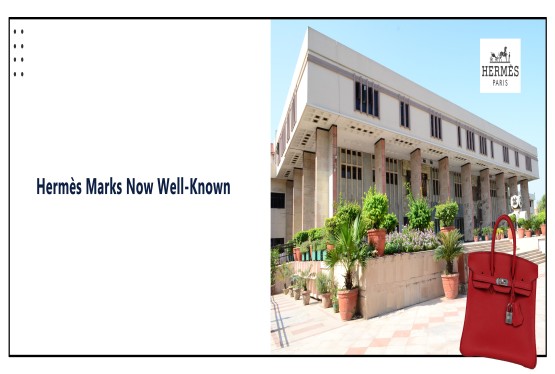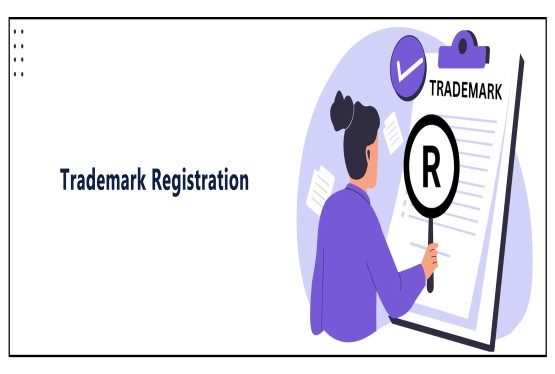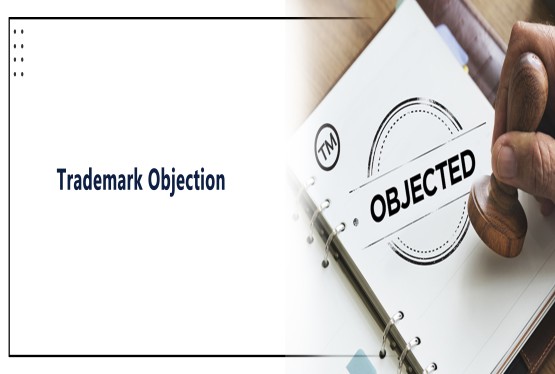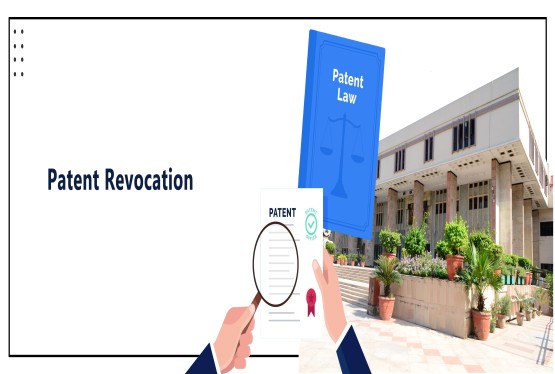When a trademark application status is listed as "opposed" it means that there is a challenge or objection raised against the registration of the trademark. This opposition can come from various sources, such as other trademark holders, businesses, or even individuals who believe the proposed trademark infringes on their rights or could cause confusion in the marketplace. In such cases, the trademark application process enters a stage where both parties have the opportunity to present their arguments and evidence before a decision is made on whether the trademark should be granted registration or not.
A trademark ‘Opposed' is an opposition filed by a third party against the registration of a trademark within four months of the trademark being advertised in the trademark journal. Any natural or legal person may file a trademark opposition with the Registry against your trademark. This includes any individual, company, partnership firm, or trust (s). Notably, the person filing the opposition does not need to have a commercial interest in the matter or a previously registered trademark with the Registry.
Requirements for Trademark Opposition
1.Publication of Trademark Application
According to section 21 of the trademarks act,1999, any person may within four months from the date of the advertisement or re-advertisement of an application for registration, give in writing in the presecribed manner and on payment of Rs. 2700 to the Registrar, of opposition to the registration.
2.Issue of Notice of Opposition (Form TM-O)
According to rule 43 of the Trade Marks, 2017, a notice of opposition shall contain the following in respect of an application against which opposition is entered
a) the application number against which opposition is entered;
b) an indication of the goods or services listed in the trademark application against which opposition is entered;
c) the name of the applicant for the trademark
d) where the opposition party has no place of business in India, the name of the opponent and his address foe service in India.
Trademark Opposition Process in India
Stage-1: Notice of Opposition (Rule 42)
Whoever wishes to oppose the registration of a trademark shall file a notice of opposition in Form TM-O along with the prescribed fee within four months from the date of publication of the advertisement in the Trademark Journal. The notice should include the opposing party's information, the grounds for opposing trademark registration, and information about the application being opposed. When the Registrar receives the notice, he or she must notify the trademark applicant.
Stage 2: Reply notice of opposition or counter statement (Rule 44)
The trademark applicant must submit a counter statement in TM-O required by sub-section (2) of section 21 within two months of receiving the Opposition. If the applicant fails to file the counter statement within the time frame specified, the application for trademark registration will be deemed abandoned.
Stage 3: Opponent's Evidence in Support of Opposition (Rule 45)
Within two months of receiving the counterstatement, the opponent must file evidence in the form of an affidavit for supporting the opposition. If the opponent does not want to present evidence in support of their opposition but instead wishes to rely on the facts stated in the notice of opposition, they must notify the Registrar and the applicant in the writing, or the notice of the opponent will be deemed ‘abandoned’.
Stage 4: Applicant's Evidence in Support of Application (Rule 46)
The trademark applicant shall also provide evidence in support of the application to the Registrar within two months of the receipt of the evidence/information of the opponent. If the applicant does not wish to adduce any evidence in support of it but wishes to rely on the facts stated in the counter-statement, they must inform the Registrar and the opponent in writing, or the application will be deemed ‘abandoned’.
Stage-5: Evidence in Reply by Opponent (Rule 47)
The opponent will also be given one month after receiving evidence from the applicant to provide any additional evidence. If the document is not in Hindi or English, it must be translated into those languages and submitted to the Registrar, with a copy given to the opposing party.
Stage-6: Hearing of Opposition
Following the submission of evidence from both parties, the Registrar shall notify the parties of the first date of hearing. The hearing date of Opposition must be at least one month after the date of first notice. Both parties will be given an equal opportunity to be heard by the Registrar. At least three days before the hearing date, either party may request an adjournment with a reasonable cause in form TM-M and the prescribed fees. The parties may request a maximum of two adjournments, each for no more than 30 days.
Adjournment of Hearing
Any party may request an adjournment of the hearing by submitting an application in Form TM-M with fees Rs 900. If satisfied, the registrar must postpone the hearing to the next available date.
Trademark Registrar's Decision on Notice of Opposition
If a party submits written arguments to the proceeding, the Registrar will consider them. The Registrar's decision shall be communicated to the parties in writing, following the hearing of both parties. If the applicant or opponent fails to appear at the adjourned hearing date and time as specified in the notice, the application or opposition will be abandoned, and the Registrar will proceed with the hearing matter accordingly.
How can we assist you?
Compliance Calendar LLP offers complete Trademark Opposition solutions. Our services include the following:
-
Gathering information and starting the process.
-
Drafting the TM-O being opponent/applicant.
-
Reviewing the draft and making changes as needed.
-
Our best attorney will represent your application in trademark opposition.
Final Remarks
In conclusion, the trademark opposition process is a crucial stage in safeguarding intellectual property rights and ensuring fair competition in the marketplace. When a trademark application is opposed, it signifies a challenge to its registration by a third party, necessitating a thorough examination of the claims and evidence presented by both parties involved. Compliance Calendar LLP stands ready to assist clients at every step of this intricate process, offering comprehensive solutions tailored to their specific needs. With our expertise and dedication, we strive to provide effective representation and guidance, ultimately helping clients in the complexities of trademark opposition with confidence. Whether you're facing an opposition or seeking to protect your trademark, trust Compliance Calendar to provide reliable support and expert assistance every step of the way. Contact us today to learn more about how we can assist you in resolving trademark opposition matters efficiently and effectively
Frequently Asked Questions
Q1. What is trademark opposition?
Ans. Trademark opposition is a legal proceeding where a third party challenges the registration of a trademark. It allows interested parties to oppose a trademark application if they believe it infringes on their rights or causes confusion in the marketplace.
Q2. Who can file a trademark opposition?
Ans. Any natural or legal person, including individuals, companies, partnership firms, or trusts, can file a trademark opposition. They do not need to have a commercial interest in the matter or a previously registered trademark with the Registry.
Q3. What are the grounds for filing a trademark opposition?
Ans. Trademark opposition can be based on various grounds, including similarity to existing trademarks, lack of distinctiveness, or failure to meet specific legal requirements. The opponent must specify the grounds for their opposition in the notice of opposition.
Q4. What is the timeline for filing a trademark opposition?
Ans. A notice of opposition must be filed within four months from the date of publication of the trademark application in the Trademark Journal.
Q5. What happens after a trademark opposition is filed?
Ans. After a notice of opposition is filed, the trademark opposition process involves several stages, including the submission of counter statements, evidence, and hearings before the Registrar of Trademarks. Both parties have the opportunity to present their arguments and evidence before a decision is made.
Q6. What are the possible outcomes of a trademark opposition?
Ans. The Registrar of Trademarks may decide to uphold the opposition and refuse the trademark application, or they may reject the opposition and allow the trademark to proceed to registration. In some cases, the parties may reach a settlement agreement outside of the opposition process.
Q7. Can a trademark opposition be settled outside of court?
Ans. Yes, parties involved in a trademark opposition can reach a settlement agreement outside of court. This may involve withdrawing the opposition, amending the trademark application, or entering into a coexistence agreement with specific terms and conditions.
Q8. How long does the trademark opposition process take?
Ans. The duration of the trademark opposition process can vary depending on various factors, including the complexity of the case, the number of evidence submissions, and the availability of hearing dates. It may take several months to several years to resolve a trademark opposition.
Q9. Can an unregistered foreign mark file opposition in India?
Ans. Yes, any person can file a notice of opposition in India, and they are not required to have an application or registration in India to oppose any trademark. Section 21 of the Trademarks Act, 1999, allows any person to file a notice of opposition to the Registrar. Opponents, who file opposition notices, do not need to own a registered trademark. Opposition can be based on various grounds, such as the mark being identical or similar to an earlier mark, and aims to prevent confusion among consumers.
Q10. Can a mark not registered yet oppose the registration of a mark filed in a different class?
Ans. Yes, a mark that is not registered yet can oppose the registration of a mark filed in a different class. The Trade Marks Act, 1999, does not restrict opposition to marks within the same class. Section 21 of the Act allows for opposition on various grounds, including the mark being identical or similar to an earlier mark, even if it is filed in a different class. The key consideration in determining opposition is the likelihood of confusion among consumers. If the mark in question is likely to cause confusion or deceive the public, it can be opposed regardless of the class in which it is filed.





























_(b)_of_the_Trademark_Act,_1999_(1)_crop10_thumb.jpg)



_crop10_thumb.jpg)




























_crop10_thumb.jpg)
_crop10_thumb.jpg)






_crop10_thumb.jpg)








_crop10_thumb.jpg)



_crop10_thumb.jpg)





























_crop10_thumb.jpg)

















_crop10_thumb.jpg)






_crop10_thumb.jpg)












































































































































_crop10_thumb.jpg)




































_crop10_thumb.jpg)












_crop10_thumb.jpg)













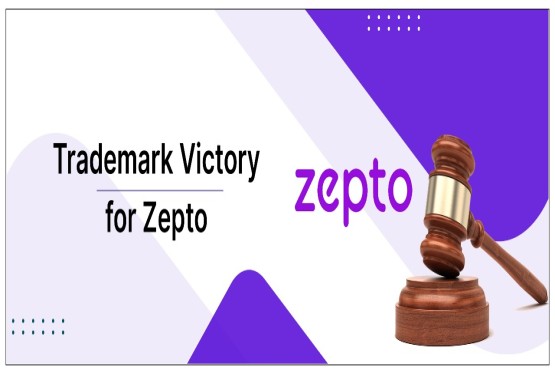

































_crop10_thumb.jpg)






